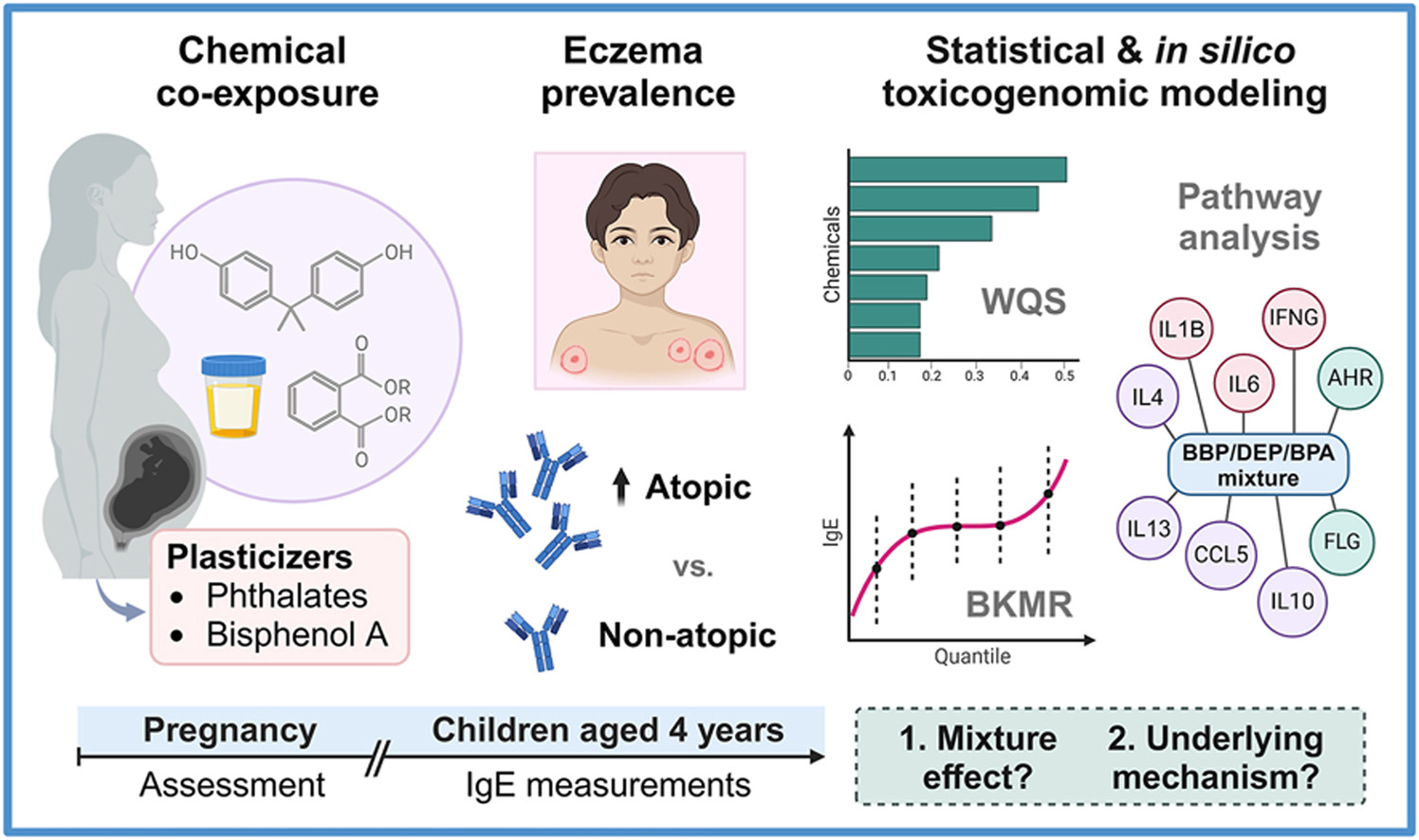Prof. Ana C. Zenclussen is an expert in feto-maternal immune communication and heads the Department of Environmental Immunology at UFZ. She coordinates the ENDOMIX project and, in this interview, shares the inspiration behind ENDOMIX, why the project is essential and the impact she envisions.
What inspired you to initiate the ENDOMIX project, and why do you think studying endocrine-disrupting chemicals is crucial right now?
As for what inspired endomix, I need to go back in time. As a pregnancy immunology expert, I previously studied how hormones regulate immune responses during pregnancy. After learning that hormones shape maternal immune responses that in turn ensure a smooth pregnancy and fetal well-being, I became interested in how man-made substances that interfere with hormones may affect immune responses in pregnancy and beyond. I started thinking how can I study this in a broader way to understand the impact of endocrine disruptors on health outcomes where the immune system is involved. It is known that disruption of the immune system, for example because of chronic inflammation, leads to allergies, obesity, reproductive failure and more. However, little is known about endocrine disrupting chemicals targeting the immune system. This was basically the idea behind endomix. Studying EDCs and their impact on health right now is crucial because not only does the number of chemicals used in everyday products increases rapidly but also because we now know that mixtures of chemicals present in our body may be more toxic than the addition of single toxicities. We are not exposed to single but to multiple chemicals, some of them even accumulate in our bodies for years. In endomix we want to understand how the chemical mixtures present in our body affect immune processes at cellular, organ, organism and population level. We want to provide scientific evidence for chemical mixtures causing disease in order to advice regulators and inform citizens
Can you tell us more about the consortium and the expertise that the different partners bring to the project? How does collaboration play a role in achieving the project’s goals?
ENDOMIX´s scientists come from many different disciplines. We have epidemiologists, environmental toxicologists, immunologists, biologists, data science experts, regulators, paediatricians and project managers on board. Endomix would not be possible without interdisciplinarity. Interdisciplinary interactions allow to tackle the problem from different perspectives and to consider aspects that may have been otherwise overlooked. In endomix, the very same question as to how EDCs target the immune system is answered from a different perspective. Epidemiologists work to understand the association between chemical exposures and health outcomes, while immunologists and biologists develop in vitro assays and in vivo models to reveal how EDCs affect immune cell populations and organs to provoke disease relevant outcomes. Environmental toxicologists develop approaches to detect chemicals in biological samples and to extrapolate the knowledge of environmental issues to human health. Data science experts leverage the information to a level that is understandable for other disciplines and for a broader audience. Regulators help shaping the direction of our research addressing needs of the consumers. The relevance of our findings can only be understood with the help of physicians and the communication of our results is in excellent hands with our project managers.
How do you envision the ENDOMIX project making an impact on public health, and what specific outcomes do you hope to achieve by the end of the project?
We aim two identify chemical mixtures of concern. We envision to raise awareness about the fact that single chemicals may be safe, but their interaction should be looked at closer in the future. We also aim to uncover clear associations between chemical exposure and disease and not only to inform regulators but also mid term to sensitise health practitioners to be aware of chemical exposures as risk factors for disease.
In your opinion, what are the most vulnerable populations when it comes to EDC exposure, and how does ENDOMIX aim to protect or benefit them?
Definitively pregnant women and children. During pregnancy, EDCs may interfere with hormones that are crucial for pregnancy maintenance by either mimicking or antagonizing their effects. The placenta has been shown to be a target, and we also have evidence that it may even be a depot for certain EDCs. EDCs can cross the placenta and reach the developing fetus where exposure can disrupt developing organs. Further, these two groups are susceptible to lower doses than a typical adult. Because of possible epigenetic effects and alterations of placenta physiology, exposure during pregnancy can lead to long term consequences that may even first appear later in life. Endomix definitively aims at better communicating research results and to advice citizens how to minimize exposure, particularly during pregnancy.
Looking ahead, how do you see the findings from the ENDOMIX project influencing policy and regulation on EDCs? (if enough space, add to the newsletter)
We really hope that our work reaches regulators regarding in particular regarding special consideration to impact of EDCs on vulnerable populations. One important achievement would be that we need alternatives to „one-fits-all“ approaches to understand the impact of EDCs on health to really address the needs of all citizens including vulnerable populations. We also aim to show the impact of real-life EDC mixtures using systems that are representative of physiological situations.
What excites you the most about the progress made in the first year of ENDOMIX, and what are the next big milestones we should look forward to?
The interaction between all disciplines among colleagues from different disciplines and seven countries is fascinating. The most exciting progress in the first year is the get together of all cohorts and the cohort data as well as the identification of EDC mixtures that will be tested in the upcoming years.



